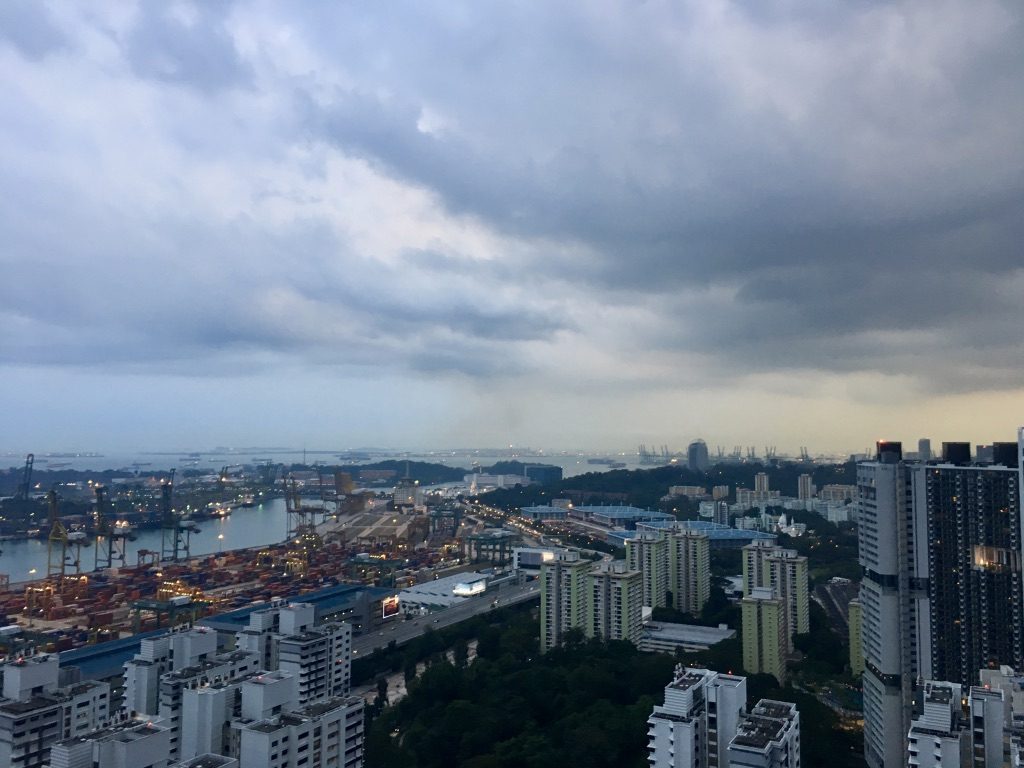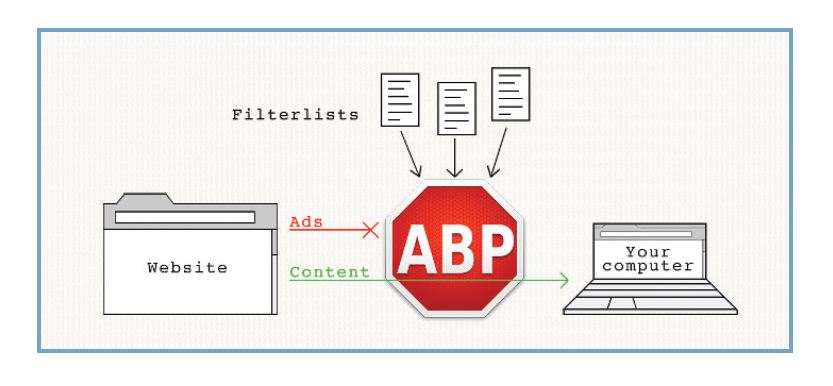In the March issue of the Singapore American Newspaper, I reveal all (well, most) of my tricks for finding deals on flights and accommodation.
Let’s say you’ve been invited to a wedding in Newburyport, Massachusetts. You’re past the congratulatory Skype call and now have to book flights and accommodation. Thankfully, you have a strategy and sit down at your computer with confidence. Being the savvy traveler you are, you know your web browsers track cookies and that booking websites might nudge up the price if you take your time. To get around this, you open a new window in incognito mode. In Google Chrome and Safari, this is enabled by hitting Control (Command for Mac users) + Shift + N. In Mozilla Firefox and Internet Explorer, you hit Control (or Command) + Shift + P.
The wedding is Saturday June 16, so you decide to depart Singapore on Tuesday June 12 or Wednesday June 13 and to return on Tuesday June 19 or Wednesday June 20, because you know Tuesdays and Wednesdays are usually the cheapest days of the week to fly. Google tells you the airport nearest to your destination is Boston Logan International, but you note that Manchester-Boston Regional as well as airports in New York and New Jersey are also feasible.
Time to search. You open six tabs in your incognito browser window: Kayak, Skyscanner, Kiwi, Expedia, Google Flights, and Momondo. If you were flying to a country within Southeast Asia, you would also check the websites of the regional budget airlines since these are often not indexed by the search engines. After inputting your dates and destination, you compare the results. Kiwi and Google Flights both indicate that in this case, departing Singapore on Monday June 11 is less expensive than Tuesday or Wednesday, and so you adjust your search parameters. In descending order, in SGD, the fare for a single traveler in Economy comes out to be:
- $1410 on Kayak
- $1315 on Expedia
- $1238 on Kiwi
- $1220 on Momondo
- $1139 on Google Flights
- $1018 on Skyscanner
You realize that the cheapest flight has two layovers and the total travel time to Boston is 42 hours. This doesn’t bother you, so you snap up the Skyscanner deal. Or you’re a human being and you fine-tune your filters to search for journeys with one layover and a travel time of 27 hours max. All the search engines now quote around $1430, with two exceptions. Kiwi’s estimating $1550, so you close that tab, and your heart skips happily that Google Flights’ quote remains at $1139.
You’re itching to snap up those tickets. But you take a deep breath and examine the details. The layover is a measly 2 hours but since both legs of the journey are operated by the same carrier and since you’ll be in London Gatwick, a small airport, that should be enough time to make your connection, despite traveling during the busy summer season.
And there’s one more angle to consider. Your hotel in Newburyport will cost about $150 SGD per night, $1200 for your entire stay, which means the total price of your trip would tally up to $2339. You check whether Kayak, Expedia or Momondo have package deals that can beat that. Momondo’s best offer is $2656 and Expedia’s is $2378, but lo and behold Kayak quotes you a package at $2013.
You again wisely counsel yourself to be patient and check the fine print. Sure enough, some tweaks have been made to your parameters. You would be leaving on Sunday June 10 and your hotel is in Boston, a 45-minute drive outside of Newburyport. You decide that’s a compromise you can live with, carefully reread all the details of your booking before paying, and then muse at the irony. The website that initially seemed like the worst deal wound up being the best.
BONUS TIPS!
Here are a few more resources, exclusive for my online readers.
I book trips to other countries once every other month, on average, and Secret Flying has some of the best deals I’ve ever seen. They track down short-term promotions and error fairs on airlines. At the time of writing, they’ve unearthed a deal that would let you fly from New York to Cambodia for just $470 USD roundtrip. Travel Pirates is a similar resource, though it focuses more on package deals and trips based out of the United States. Six nights in the Hawai’i Hilton plus roundtrip flights from Los Angeles for $890 USD, anyone?
What I like about Secret Flying and Travel Pirates is that they both give very clear instructions on on how to get the discount prices. You’re not surprised by fees or confused by the process, which is refreshing. If you’re flexible when it comes to timing and/or destination, you can find some amazing trip deals.
Lastly is a site for maximizing your layovers: Air Wander. My family lives 16-22 hours flight time from where I live and those long-haul journeys can be exhausting to tackle in one sitting. Enter Air Wander, which lets you pop in your dates, departure and destination, and the number of days you’d like to spend on a layover, and then searches for available options. You can even add more than one stopover or specify which cardinal direction you’d like to fly in.
Say I’m flying Singapore to Ireland on June 1st and can spare two days for a layover. Air Wander tells me that a stopover in Amsterdam will save me the most money, but lists all possible options and how much extra it would cost to stop there (Madrid’s only $8 USD). Turns out, I can fly one-way from Singapore to Amsterdam to Dublin for $430 USD. This isn’t necessarily cheaper than searching through Kayak or Kiwi, but it’s much more convenient than typing out all your multi-city parameters and I love having the ability to compare all possible long layovers without having to do repeated searches.
Happy Travels!



